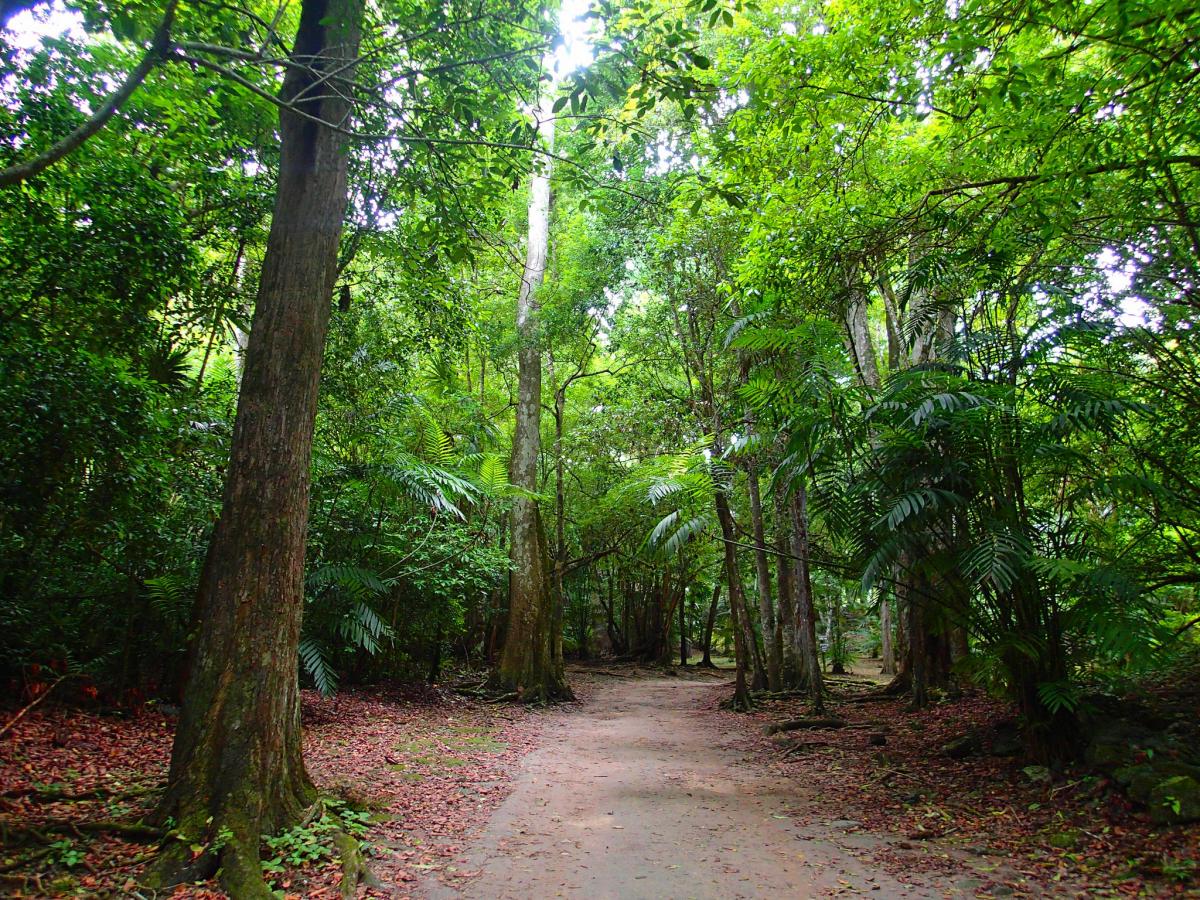El Salvador makes case for strengthening its national restoration strategy at Bonn Challenge event
Forest landscape restoration (FLR) is recognised as a key strategy to not only restore ecological integrity, but also to generate local, national and global benefits. El Salvador embraced this concept and took action as outlined in a strategy presented at the Latin America Bonn Challenge event in Honduras.

Photo: IUCN
Significant land degradation in El Salvador has led to low levels of environmental resilience – magnifying the county’s growing vulnerability to climate variability and extreme events associated with climate change. Being a small country of about 20,000 km2 with the second highest population density in the hemisphere, after Haiti, and coupled with being stripped of sufficient vegetative cover, the extent of the impacts of extreme climate events are amplified – putting at risk 90% of the population, 95% of the national territory and 90% of GDP.
In response to this situation, one year after the launch of the Bonn Challenge global restoration goal in 2011, El Salvador made a commitment to restore one million hectares.
El Salvador was the first country in the world to adopt the Mitigation Based on Adaptation (MbA) approach for its REDD+ strategy. Likewise, in 2012 it formulated its National Environment Policy whose main components are the restoration and conservation of ecosystems to reduce risks while sustaining productive activities and ensuring the well-being of the population. Structured in that framework is the National Restoration of Ecosystems and Landscapes (PREP).
Since then, the Ministry of Environment and Natural Resources (MARN) of El Salvador and IUCN have been jointly designing and implementing tools and instruments to strengthen and prioritise PREP actions and reach. To this end, the Restoration Opportunity Assessment Methodology (ROAM) was applied to determine and analyse restoration options based on biophysical, social and economic criteria.
The major outcomes of this process are:
- Location of 1,253,077 hectares as opportunity areas for restoration – used as a baseline for the prioritisation of the different current uses of the land where the transitions were defined to improve and recover the relevant ecosystem goods and services.
- Quantification and qualification of potential impacts when implementing restoration actions – evaluating long-term financial and economic results of current uses and transitions in accordance with the different management systems considered, as well as improvement of ecosystem services (sediment retention, nutrient export and carbon balance) and social variables.
- The analysis of existing and potential financial instruments and design of a proposed financing mechanism for each transition in order to meet the goals established through the channeling of financing.
In spite of the great advances made in the planning of restoration in El Salvador, there remain three steps to be completed:
- In order to support decision-making for the gradual implementation of the restoration strategy, it is necessary to prioritise the associated areas and transitions through multi-criteria spatial analysis of financial, social and environmental benefits.
- In order to monitor and measure the impact of restoration interventions in the medium and long-term, a national monitoring plan is being defined in an inter-institutional and interdisciplinary manner.
- Based on the analyses and the inputs obtained in a participatory way, compilation and planning is required to document the implementation of the process being developed. To this end, the process will be consolidated into a strategic planning instrument for the restoration of productive rural landscapes that will guide the implementation of the recovery of the ecosystem services of the landscape.
To maintain the momentum of the Bonn Challenge initiative and continue to encourage FLR, these results are being shared at the Bonn Challenge Latin America meeting from 12-13 June, 2017 in Roatán, Honduras. MARN and IUCN assembled and presented an overview of FLR in El Salvador called Strengthening the National Restoration Strategy.



